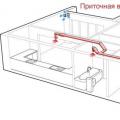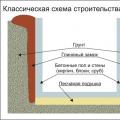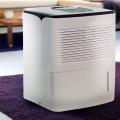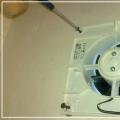If the cellar is too damp, condensate on the ceiling or moldy walls - it is necessary to neutralize and destroy all this negativity as soon as possible. Otherwise, under great doubt will be the preservation in proper condition and form of stocks for the winter season. How to remove dampness in the basement? Right now it is worth finding an adequate answer to this rather important question.
A dry cellar is a great place to store vegetables, fruits and other supplies for the winter.
If there is condensation in the basement, it is damp and damp, it is necessary to put an end to this, and as soon as possible. In order to ensure maximum preservation of fresh products and preservation, it is important to maintain the temperature at the optimum level: + 2-4 degrees. Such air temperature should remain in this place all year round. In the summer season, the temperature in a normal cellar should not be more than + 5-7 degrees. In order to ensure such a temperature, it is necessary to create the proper conditions, to do everything possible in a timely manner in order to properly equip such an important place as a cellar.
Getting rid of dampness
- First you need to identify the reason why we have a damp basement.
- With an increase in the level of water, which are groundwater, a damp cellar will be brought back to normal by ensuring good waterproofing of the floor. To do this, cover the basement floor with several layers of bitumen. Then it is heated up with a building hair dryer, a couple of layers of roofing material are laid - their thickness should be from 15 centimeters.
With an increase in moisture in the cellar in the spring-summer season due to precipitation, it is necessary to cover the floor surface with a layer of gravel.
You can also use sand instead - the thickness indicator is ten centimeters. The walls are cleaned of mold damage. The same goes for the fungus - it must be eradicated. To do this, the surface of the walls is covered with plaster - special, waterproofing. It is appropriate to dilute it - this will require dry ordinary plaster.
We get rid of moisture - the cellar must be dry
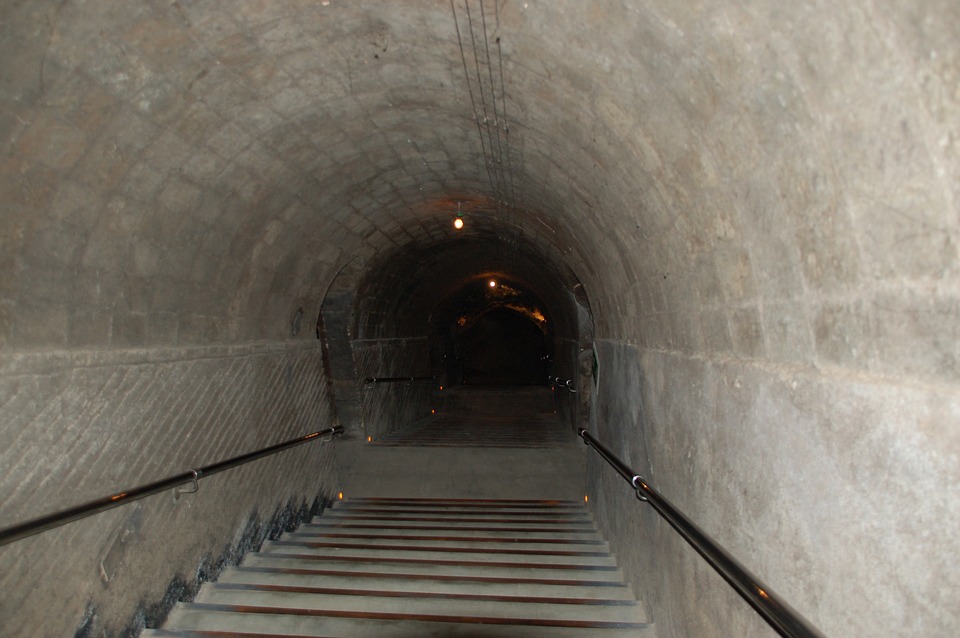
Concrete walls are more resistant to moisture
In order to get rid of moisture, concreting the floor and walls will help perfectly. In addition, you can successfully take glass as an assistant - only liquid. And also - only. If clay predominates on the floor in the house, it is necessary to remove the top layer - the thickness should be five centimeters here. Then a polyethylene film is laid - it must be folded in half. After that, the clay is compacted from above, concrete is poured from above. Often, another layer of sand is poured over the clay layer. After that, concrete is poured. If the reason why humidity is observed in the cellar is poor ventilation, then to get rid of it, it is necessary to install exhaust vents with fans.
Folk ways - victory over moisture
- On the floor, as well as shelves, containers with white moss powder are installed.
- Ordinary salt will help - it should be filled with sulfuric acid.
- Hydrated lime is great for drying the wall - it should be poured into a plastic barrel and left in a corner in the cellar.
Say "No" to cellar condensation
Condensation in the cellar is a natural consequence of dampness and increased moisture. The cellar can become damp against the background of a variety of factors:
- Waterproofing quality leaves much to be desired.
- There are too many vegetables and fruits in the cellar.
- There is no proper ventilation.
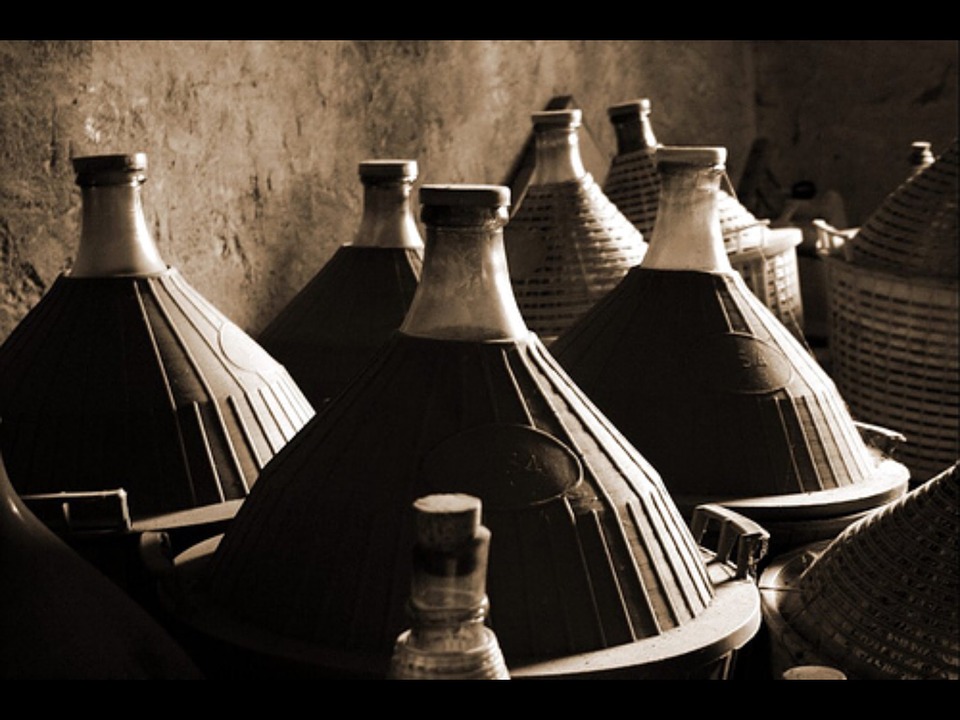
Wine cellar - the dream of every owner of a country house
In order to prevent condensation in the cellar, it is important to destroy food unsuitable for food. In addition, an excellent solution is to whitewash the surface, dry it to the maximum. As a result, it is possible to avoid the occurrence of condensate both on the walls and on the ceiling.
In summer, treatment is carried out using hot water. Soap is added, elements made of wood, which are in the cellar, are dried. Antiseptic impregnation is also appropriate to combat condensation and as a preventive measure for its occurrence - impregnation is applied to a tree. Thus, it is possible to provide protection against the fungus.
In order to get rid of and prevent condensation on the ceiling, an excellent solution is insulation. For this, it is best to use foam.
In the event of condensation in the cellar, drying is necessary - an iron stove is used for this. You can also use a brazier for drying.
Before this, the room is dried in a natural way - it will take several days.
Drying is effective, for which conventional candles are used. They are placed under the exhaust pipe. As a result, natural air draft is improved. Long such drying is about four days. This is a very simple but quite effective method. You can also dry it using special dryers.
What to do if the house has a damp basement
How to get rid of dampness in the cellar? This question worries many people, because this is a rather unpleasant phenomenon that can appear even where, it would seem, all conditions have been created in order to avoid this.
Dampness in the basement
Dampness is quite dangerous. Because of it, fungi and mold appear in the basement. In addition, the temperature and humidity regime is disturbed in the room.
Condensation leads to the appearance of microorganisms that pose a health hazard - they cause serious illnesses.
As a result of dampness, walls, ceilings get wet, the finish deteriorates. It is very important to get rid of dampness in the basement.
How to deal with dampness in the basement
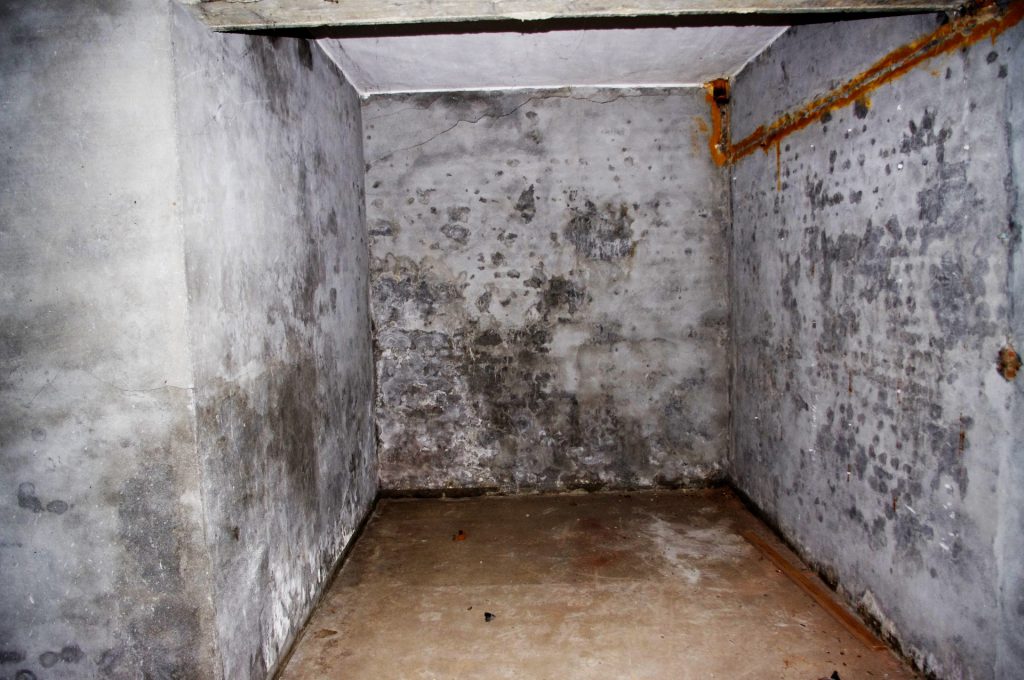
The basement also requires proper care, otherwise its floor and walls will be covered with fungus and mold.
First you need to determine the cause of the wetting of the surface. Further, all actions will be aimed at getting rid of excessive moisture, depending on the source. The cause can be determined by where exactly the moisture is located. So, if droplets appeared on the ceiling or walls, then insufficient ventilation is to blame. If liquid drops formed exclusively on the walls, then this indicates that there is no vertical waterproofing of the walls in the cellar. If there are puddles on the floor, this indicates groundwater flooding.
It is quite appropriate to solve the problem with insufficient air exchange by creating additional ventilation. This applies to dampness in the attic or basement.
Basement - how to remove moisture?
In order to prevent moisture from penetrating into the basement from the soil, everything possible should be done during construction to prevent this. To do this, it is appropriate to create a bypass drainage sewer - it is carried out along the perimeter of the house. In addition, thorough waterproofing of the foundation will also be an appropriate measure in this case. The list should include floor waterproofing in the subfield and a blind area around the basement in the house. In addition, it is necessary to drain the rainwater runoff into the drainage sewer.
When the necessary work has already been completed, you need to fill the trench with rammed clay - this is done around the perimeter of the house. Thus, it is possible to create a water seal around the foundation. Clay is almost impervious to water. As a result, the backfilled trench will work as additional insulation.
Why is there condensation in the cellar
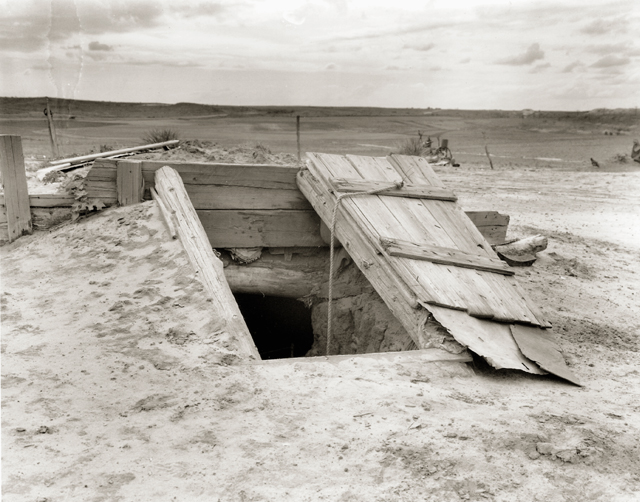
Natural ventilation is a sure way to protect the cellar from condensation.
The contact of warm air and cold surfaces is the main, one might even say the only reason why condensation forms. When the air exchange is sufficient, the air, heated from the interior, cools. In this case, no condensation will form. To perform ventilation in the basement or attic, a couple of effective methods are used - natural ventilation, as well as forced ventilation. In the first case, ventilation includes air ducts, as well as ventilation ducts. What to do if dampness appears in the basement or attic, drops of moisture on the ceiling or walls? Installation of ventilation ducts or pipes is required. Since after the construction of the house it is no longer possible to place ventilation ducts in the walls, they must be attached to vertical structures.
Basement - causes of condensation
Dampness in the basement, a damp cellar is a health hazard. If you keep food in such a place for the purpose of storage, they will quickly deteriorate. The reasons why it is possible and most likely that condensation will appear in the cellar are similar to those faced by the owners of apartments in which plastic windows are installed. When the house is warm, and it is cold outside, the room is not ventilated - droplets of moisture appear on the windows. Condensation on the ceiling is possible for two main reasons: ventilation and temperature differences. Eliminate these causes - and everything will be in perfect order. Therefore, it is important not only to insulate the room, but ventilation is also necessary.
Condensation in the cellar - how to get rid of it

Properly equipping the cellar, you can enjoy the taste of stored fruits almost until spring!
In this case, ventilation will come to the rescue - natural or forced. The same applies to ceiling insulation. In order to insulate the ceiling, use foam. Above the cellar, most often the floor is made of concrete. He quickly freezes. Therefore, in this case, it becomes possible to exclude temperature differences by insulating the ceiling. Almost everyone can cope with such a task on their own. There is nothing complicated here. You will need extruded polystyrene foam or foam, which are denser. With their help, you can simply perfectly insulate the room.
Mold in the cellar - how to get rid of it
If negative changes have occurred in the cellar - mold is observed, everything possible must be done to clean it as quickly as possible.
In order to defeat the mold, get rid of its presence, you need to go through several stages. First, at the preparatory stage, all tools should be removed from the basement. The same goes for boxes. Shelving should also be added to the list. Everything is taken out, dried well. Next, cleaning is carried out - all the garbage that has accumulated during this time must be destroyed. With the help of brushes, scrapers, mold is removed from the walls. It is also appropriate to fumigate the cellar with a smoke bomb. It is necessary to close the ventilation holes tightly, and then carefully cover the hatch or doors. Walls are being disinfected.
Creating a proper, suitable microclimate in the cellar is not an easy task. It all depends on what the environmental indicators are. This must be remembered when the laying of a building under construction is just beginning. Dense soil, like clay, is an excellent conductor of heat. This leads to the fact that the air in the cellar dug in clay warms up too much in summer and freezes in the winter season. In order to prevent this from happening, it is necessary to use effective materials with thermal insulation properties in order to properly equip the cellar.
In order to maintain the optimum temperature in the cellar with sandy or sub-sandy soil, nothing needs to be done. After all, the optimal temperature is perfectly preserved here all year round. The thing is that the soil is characterized by poor thermal conductivity.
For those who have problems with the basement in the house, there is condensation, dampness in the cellar, everything possible must be done to solve the problem as quickly as possible. Otherwise, all products will be spoiled. So, it is necessary to adhere to the useful recommendations that were given above.

